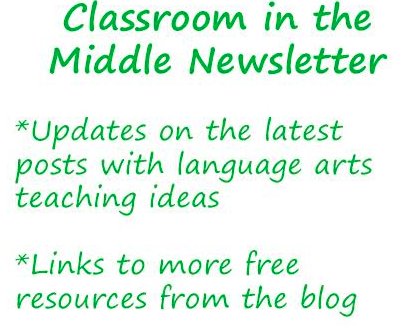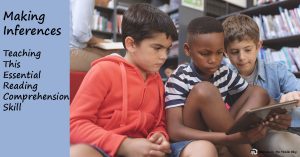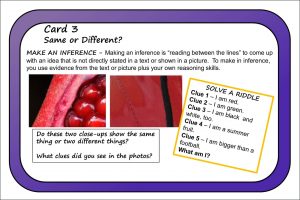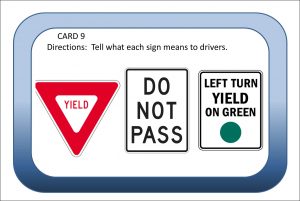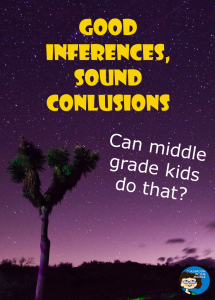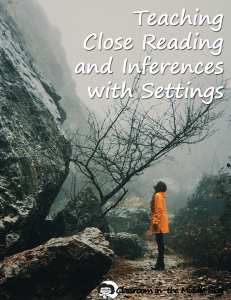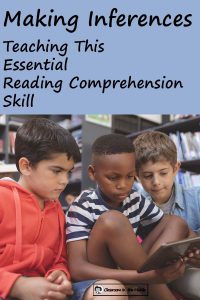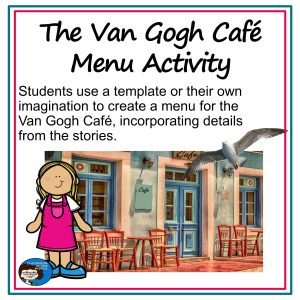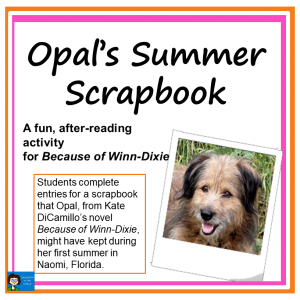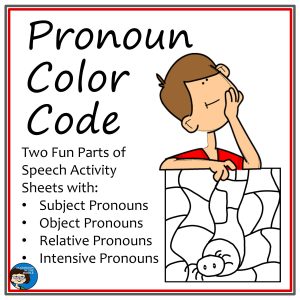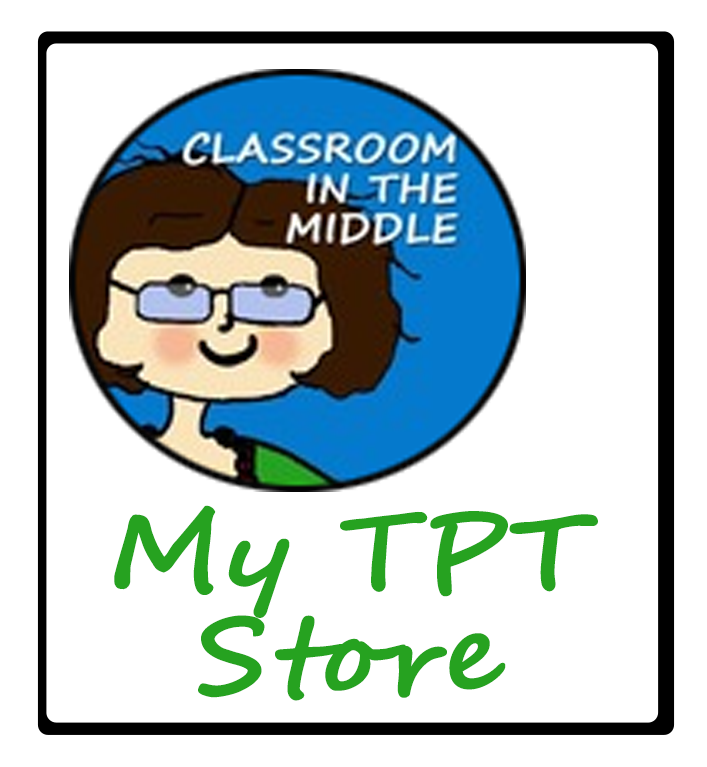There are so many ways to teach the essential reading comprehension skill of making inferences and so many places to find good source materials for your lessons! Fiction, informational texts, persuasive texts, really short passages, really long ones, even pictures – all of these can be great source material.
Answering comprehension questions correctly very often depends on the student being able to put two and two together (make an inference or draw a conclusion). In fact, only questions on the most basic, informational level don’t require this skill. It’s so important! And this is not only true in language arts class, either!
Making inferences is not an easy skill to learn; it is one of those language skills that must be taught and learned at many different grade levels so that kids can increase their proficiency as they move up to more difficult texts and more complex questions. So we need to have a big bag of teaching tricks to keep kids engaged as we address and re-address the topic.
Here are some of the teaching ideas I’ve collected over the years.
Riddles
Riddles have been around forever, and they are so easy to find. One thing to watch for – since riddles have been around so long, their language can be a little dated, and even their solutions may not be as obvious now as they once were. So just check them out and pick ones that your kids will relate to.
Or make up your own. Just think of an object, and write about five clues, starting with the less obvious ones and ending with a really helpful final clue.
What am I?
I am red.
I am green.
I am black and white too.
I am a summer fruit.
I am bigger than a football.
(A watermelon)
Photographs
Photos are great for practice making inferences without any reading required – great for those kids who struggle with reading because they can practice the concept first, and then apply it to reading as the next step.
One good choice is a super-close-up photo. See if your kids can identify the object from just a tiny bit of the whole image. I also like to use two close-ups and ask if they are parts of the same object or two different objects. You might be surprised how many images can look like they go together even when they are parts of completely different objects.
Check out the close-ups on this task card.
(The first image is a pomegranate. The second one is a boot.)
One more thing about using photos, be sure to ask the kids to identify the clues in order to practice using evidence from the text.
Quotes
Interesting quotes often need to be interpreted, after all if they spelled everything out they wouldn’t be very interesting, would they? And what is interpreting, after all, but making inferences? Using quotes is also an easy way to tie in the skill of inferencing with other lessons – maybe a novel study, er even a science, history, or current events topic.
Figurative Language
Figurative language, even cliches, can also be great source material. Like a quote, a metaphor always needs to be interpreted. So why not address two objectives at once with a lesson on figurative language and making inferences? Kids will soon get the idea that they are making inferences whenever they are understanding this “fancy” language.
And the same thing goes for cliches. Even if it’s one that the kids have heard so many times that they instantly know what it means, they’re still making inferences. They’ll be pleased to know that they have been using this complicated skill without even knowing it!
Now, back to images for just a second. For a really practical application of inferencing, how about interpreting road signs?
What does “Left turn yield on green” really mean? Do green cars always get to go first? What does yield mean anyway – slow down, slow down only if another car is coming, stop, stop if a green car is coming?
For a twelve-year-old, there’s plenty of inference-making required to understand these everyday road signs!
Included in Other Reading Skills
I’ve already mentioned that you can incorporate inferencing in a lesson on metaphors without adding much at all, but this actually works with a surprisingly large number of reading skills. Many of the skills that reading and language arts teachers address every year automatically incorporate inferencing.
Here are just a few ideas from lessons on story elements:
- Characterization – Identifying character traits from clues in the story is making inferences.
- Setting – Identifying the setting from details in the story is making inferences. So is discussing how the setting of a story influences its characters’ actions.
- Theme – Themes are almost never spelled out in a story, so identifying themes is making inferences too.
Text structure lessons also incorporate making inferences automatically. To identify the cause and effect in a story – make an inference! Even one that seems pretty obvious, like chronological order, frequently requires making an inference – did the events actually happen in the same order that they are revealed in the story? Often not.
Included in Novel Studies
Novel studies have so many skills included in their chapter questions and reading response activities that there’s bound to be lots of inferencing there. Some novel studies will identify particular questions as inferencing questions, but others don’t. Even so, it’s a really good bet that lots of inferencing is in there.
In addition to the chapter questions, look into the before reading and after reading activities for things like making predictions, identifying character traits, and even interpreting the meaning of words in context- it’s all making inferences!
Each of the task cards shown above are from sets that are available in my TPT store. Both include print and digital versions. You can see the previews here:
Making Inferences with Photos and Riddles
Inference Task Cards – Thinking Caps
Related Posts

